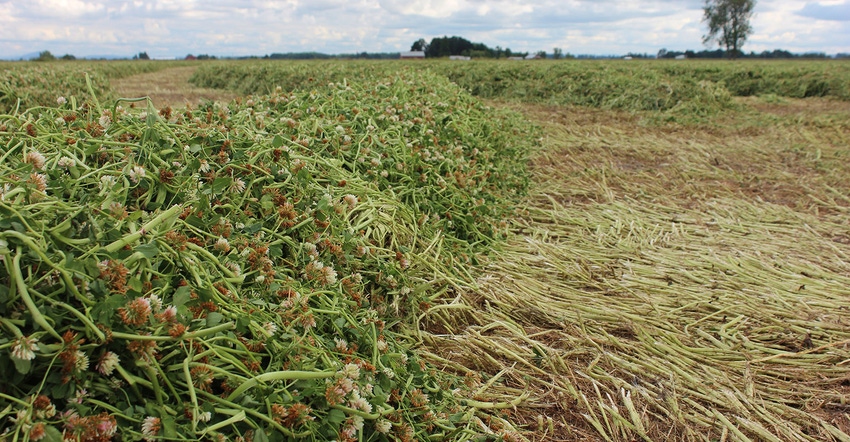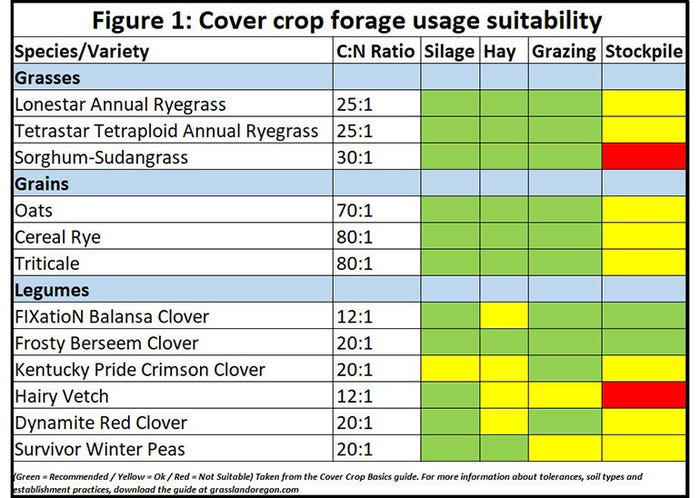July 8, 2019

An unprecedented planting season has many producers in the Midwest looking into prevent plant options. USDA’s recent announcement on 2019’s final haying and grazing dates being adjusted from Nov. 1 to Sept. 1, and eligibility being extended to include silage, haylage and baleage, has opened the door to better utilization of prevent plant cover crops.
“From making livestock feed to reducing next year’s synthetic fertilizer requirements, there are multiple options available to make the most of prevent plant cover crops,” says Brent Jones, Iowa Research Farm Manager and salesman for Grassland Oregon. “To fully capitalize on their benefits, careful planning must be had before anything goes into the ground.”

Here are seven things to consider as you consider cover crops.
Determine what you’re trying to achieve: “For cash crop producers with livestock, there is a huge opportunity to grow high quality feed for this fall and winter – and a lot of it,” says Jones. If a cover crop is going to be used to produce livestock feed, warm season grasses are the best bet and can be planted now, advises Jones, while planting can be delayed until September if the goal is to have an overwintering cover. For both systems, look at the opportunity to control erosion, suppress weeds and to feed soil biology with added biomass for soil health improvements.
Speak to your crop insurance agent: With the amount of confusion that has surrounded prevent plant regulations and the mid-season policy updates, it is best to consult crop insurance providers in the process of determining cover crop usage. “This cannot be stressed enough – speak to your crop insurance provider to make sure you are in compliance with the rules and regulations,” explains Jones. “Be sure to get it all in writing so nothing slips into any grey areas.”
Keep the next cash crop in mind: If the next crop is going to be corn, cold tolerant nitrogen fixing legumes can reduce the following year’s synthetic nitrogen requirements, while grains like triticale and cereal rye work well ahead of soybeans.
Look at the previous chemical program: Because preemergence herbicides may cause cover crop establishment failures and not be meant for livestock purposes, the previous chemical program needs to be examined.
Pay attention to C:N ratio: Carbon to nitrogen (C:N) ratio is a good determinant of how fast residue will decompose and when nutrients will be released to the soil.
Select for variety traits: Planting VNS (variety not stated) is risky and can be a good way to set your cover crop program up for failure before it’s even in the ground. “Just like corn and soybeans, varieties matter in cover crops,” he says. “Heading and flowering dates, biomass yield, nitrogen fixating capabilities and disease resistance are all traits that have been bred into cover crop varieties.”
Be patient: “Understandably, many farmers are anxious to get something in the ground,” he says. “But making sure you have the right species and varieties planted at the right time and in the right conditions will save you headaches in the future.”

Source: Grassland Oregon, which is solely responsible for the information provided and is wholly owned by the source. Informa Business Media and all its subsidiaries are not responsible for any of the content contained in this information asset.
You May Also Like




